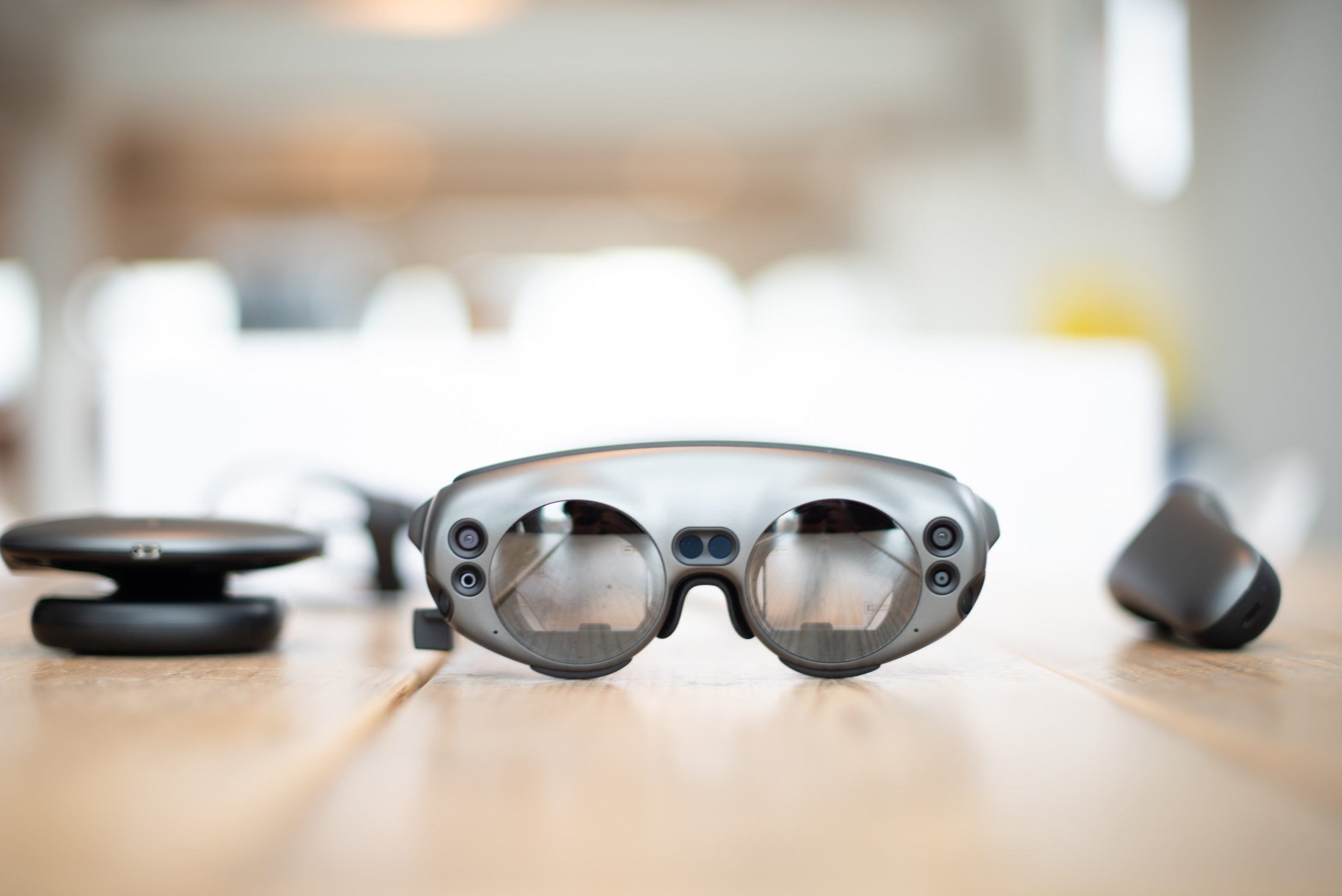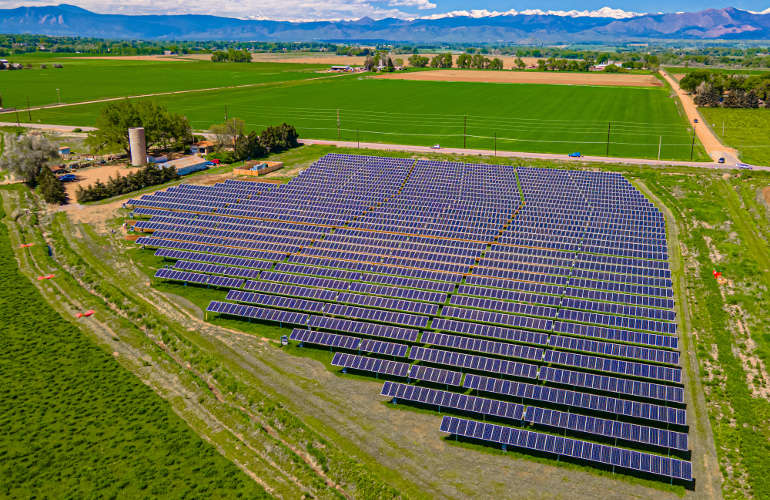- Joined
- Aug 11, 2020
- Posts
- 5,950
I can imagine a future where with something the equivalent of
- The Real VR, think Simstim (read Neuromancer), a technology that taps into all of your senses and teleports your brain into an artificial setting, instead of watching a movie you could ride along with one of the characters… and people will get lost in virtual worlds if they can afford it.
In the Book Count Zero, there is a trillionaire who spends his physical life in a vat (he is physically sickly) and for all entents and purposes lives in a virtual world of his choosing.
Think of a life, where you never grow old (until you croak for real) have any physical characteristic, any setting you care to hang out in.
- A.I. Companions- We see different versions of them in movies from Data in Star trek to Joi in Bladerunner 2049. I see a huge market in full relationship AI companions. Saying this from personal experience, a marriage, a relationship in many cases is a lifetime of arguments and compromises. I’ve seen enough portrayals of smart human-like AI that if they can master handling your emotional, companionship, physiological and sexual needs would be a slam dunk Imo. The obstacle? Technology Android bodies and worthy AI.

Can We Build ‘Her’?: What Samantha Tells Us About the Future of AI
What will the next generation of intelligent computing look like? The movie Her has captured the public imagination with its vision of a lightning-fast evolutionary trajectory of virtual assistants, and the emotional bonds we could form with them. Is this a likely future? The film’s narrative...www.wired.com

Blade Runner 2049 and the Role of Joi in a Joyless World
We examine the importance of Ana de Armas' Joi in Blade Runner 2049, and what her relationship with Ryan Gosling represents. www.denofgeek.com
www.denofgeek.com
- Designer Babies- If you could choose the important characteristics of your baby, including being hereditarily disease free, specify a height not to be under, and a fast metabolism so it would not have to fight weight issues all their life, I can people choosing to do this.
Research is underway to transform normal cells into sperm and eggs. In this way gay couples could produce offspring related to both of them

Are Designer Babies Our Future?
New research is showing that it may become possible for people have control over more than just the gender of the embryos they have implanted. www.babygaga.com
www.babygaga.com
- Human Computer Implants- In Cyberpunk think Microsoft, a thumb chip you slide into a slot at the back of your head) We’ve already been augmenting the human body with the ability to walk, hear, see, why not learn or access an encyclopedia of knowledge, or be networked with specialized eyes that can project text like a screen to read text.
I can’t vouch for the accuracy of this link, if it is a practical joke, but here is the idea:
nanobrainimplant.com - This website is for sale! - nanobrainimplant Resources and Information.
This website is for sale! nanobrainimplant.com is your first and best source for all of the information you’re looking for. From general topics to more of what you would expect to find here, nanobrainimplant.com has it all. We hope you find what you are searching for! nanobrainimplant.com
nanobrainimplant.com

Human Microchipping Is Here, and It’s About to Rock Your Skin’s World
This is your epidermis as you have never (ever) imagined.www.allure.com

15 examples of human augmentation technology in everyday life
Across the globe, engineers, entrepreneurs, and policymakers are rapidly exploring new and marketable applications for human augmentation technology. Most of them are being designed to help people fulfill their long-lived desire to be smarter, faster, stronger, tougher, and more attractive, and...www.freshconsulting.com
- Automated Personal Transportation - It’s on the way and cities might just ban privately driven cars, and reduce traffic congestion by 70%. Imagine an automated Uber where you with buy in part ownership or rent. Vehicle on demand. A fascinating report heard recently on NPR says that the more highways you build, the more traffic you generate. In fact there are reportedly moves to remove highways.
13 cities that are starting to ban cars
To mitigate climate change and make cities more pedestrian-friendly, more policy makers around the world are aiming to ban cars. Most recently, Madrid announced that it will bar cars from downtown starting later this year. www.businessinsider.com
www.businessinsider.com

The Science Is Clear: More Highways Equals More Traffic. Why Are DOTs Still Ignoring It? — Streetsblog USA
Numerous studies have documented the phenomenon known as induced demand in transportation: Basically, if you build highway lanes, more drivers will come. And yet, transportation agencies rarely account for this effect when planning road projects. usa.streetsblog.org
usa.streetsblog.org
- Moving all polluting industry off the Earth into space- I agree 100%.
Jeff Bezos wants to move 'all polluting industry' into space to keep Earth clean
The Amazon billionaire said in an interview with MSNBC that his Blue Origin sub-orbital spaceflight reinforced his intention to fight climate change. www.businessinsider.com
www.businessinsider.com
- What else? I’ll be happy to add any category anyone mentions and then link it to the post you make.
Last edited:



